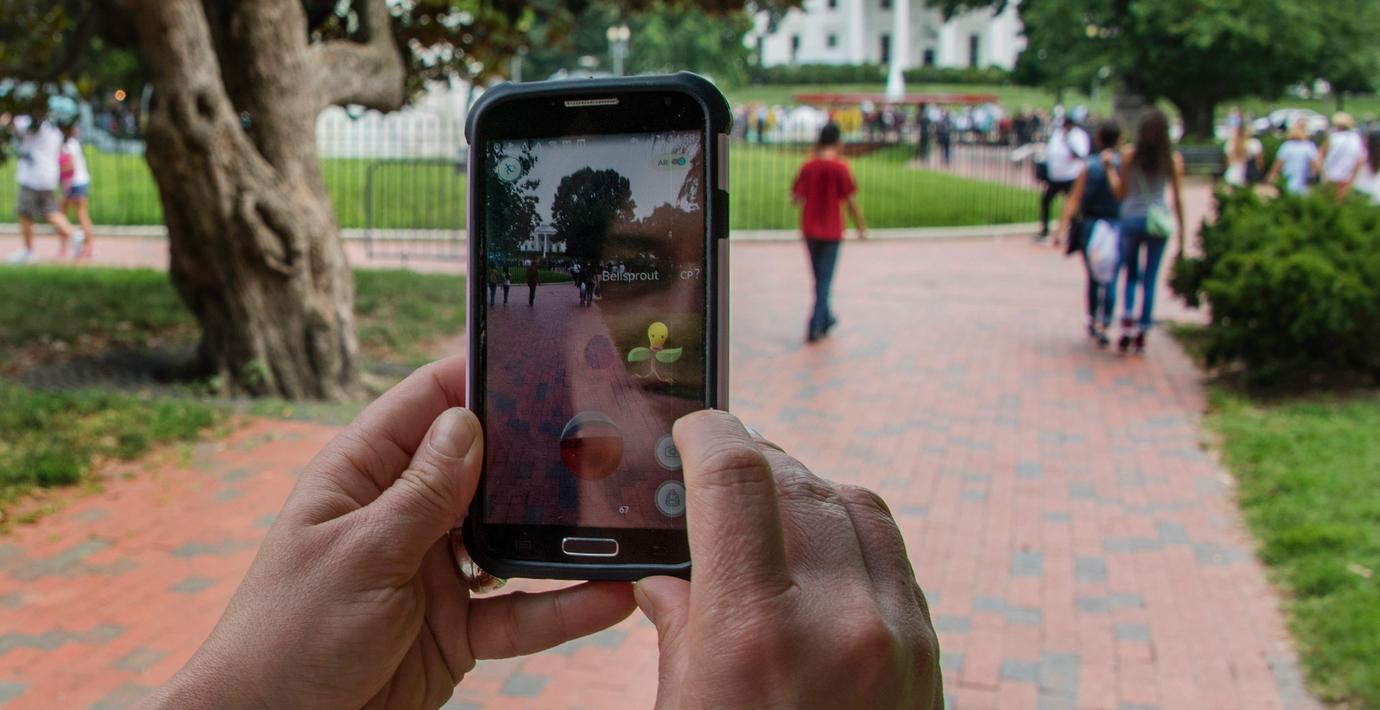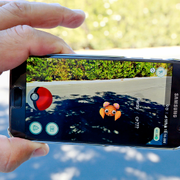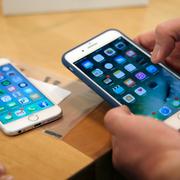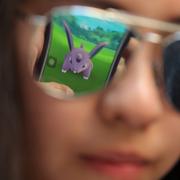
Experter: Svårt att upprepa Pokémon-succén
Pokémon Go fick drygt 100 miljoner användare och har ett år efter lanseringen dragit in över 10 miljarder kronor till utvecklaren Niantic, skriver TT. Även om det blir svårt att upprepa masshysterin kommer nya spel att försöka upprepa konceptet, menar experter.
– Jag tror det blir fler försök men inget som får samma genomslag, säger spelexperten Jesper Englin till TT.
Enligt Per Strömbäck, talesperson på Svenska dataspelsbranschen, ”kommer något nytt runt hörnet”. Frågan är bara om det blir inom augmented reality, virtual reality, e-sport eller något annat, menar han.
bakgrund
Augmented reality
Wikipedia (en)
Augmented reality (AR) , is a live direct or indirect view of a physical, real-world environment whose elements are augmented by computer-generated sensory input such as sound, video, graphics or GPS data. It is related to a more general concept called computer-mediated reality, in which a view of reality is modified (possibly even diminished rather than augmented) by a computer. Augmented reality enhances one’s current perception of reality, whereas in contrast, virtual reality replaces the real world with a simulated one. Augmentation techniques are typically performed in real time and in semantic context with environmental elements, such as overlaying supplemental information like scores over a live video feed of a sporting event.
With the help of advanced AR technology (e.g. adding computer vision and object recognition) the information about the surrounding real world of the user becomes interactive and digitally manipulable. Information about the environment and its objects is overlaid on the real world. This information can be virtual or real, e.g. seeing other real sensed or measured information such as electromagnetic radio waves overlaid in exact alignment with where they actually are in space. Augmented reality brings out the components of the digital world into a person's perceived real world. One example is an AR Helmet for construction workers which display information about the construction sites. The first functional AR systems that provided immersive mixed reality experiences for users were invented in the early 1990s, starting with the Virtual Fixtures system developed at the U.S. Air Force's Armstrong Labs in 1992.
bakgrund
Virtual reality
Wikipedia (en)
Virtual reality (VR) is a computer technology that uses Virtual reality headsets, sometimes in combination with physical spaces or multi-projected environments, to generate realistic images, sounds and other sensations that simulate a user's physical presence in a virtual or imaginary environment. A person using virtual reality equipment is able to "look around" the artificial world, and with high quality VR move about in it and interact with virtual features or items. VR headsets are head-mounted goggles with a screen in front of the eyes. Programs may include audio and sounds through speakers or headphones.
VR systems that include transmission of vibrations and other sensations to the user through a game controller or other devices are known as haptic systems. This tactile information is generally known as force feedback in medical, video gaming and military training applications. Virtual reality also refers to remote communication environments which provide a virtual presence of users with through telepresence and telexistence or the use of a virtual artifact (VA). The immersive environment can be similar to the real world in order to create a lifelike experience grounded in reality or sci-fi. Augmented reality systems may also be considered a form of VR that layers virtual information over a live camera feed into a headset, or through a smartphone or tablet device.
Omni är politiskt obundna och oberoende. Vi strävar efter att ge fler perspektiv på nyheterna. Har du frågor eller synpunkter kring vår rapportering? Kontakta redaktionen



